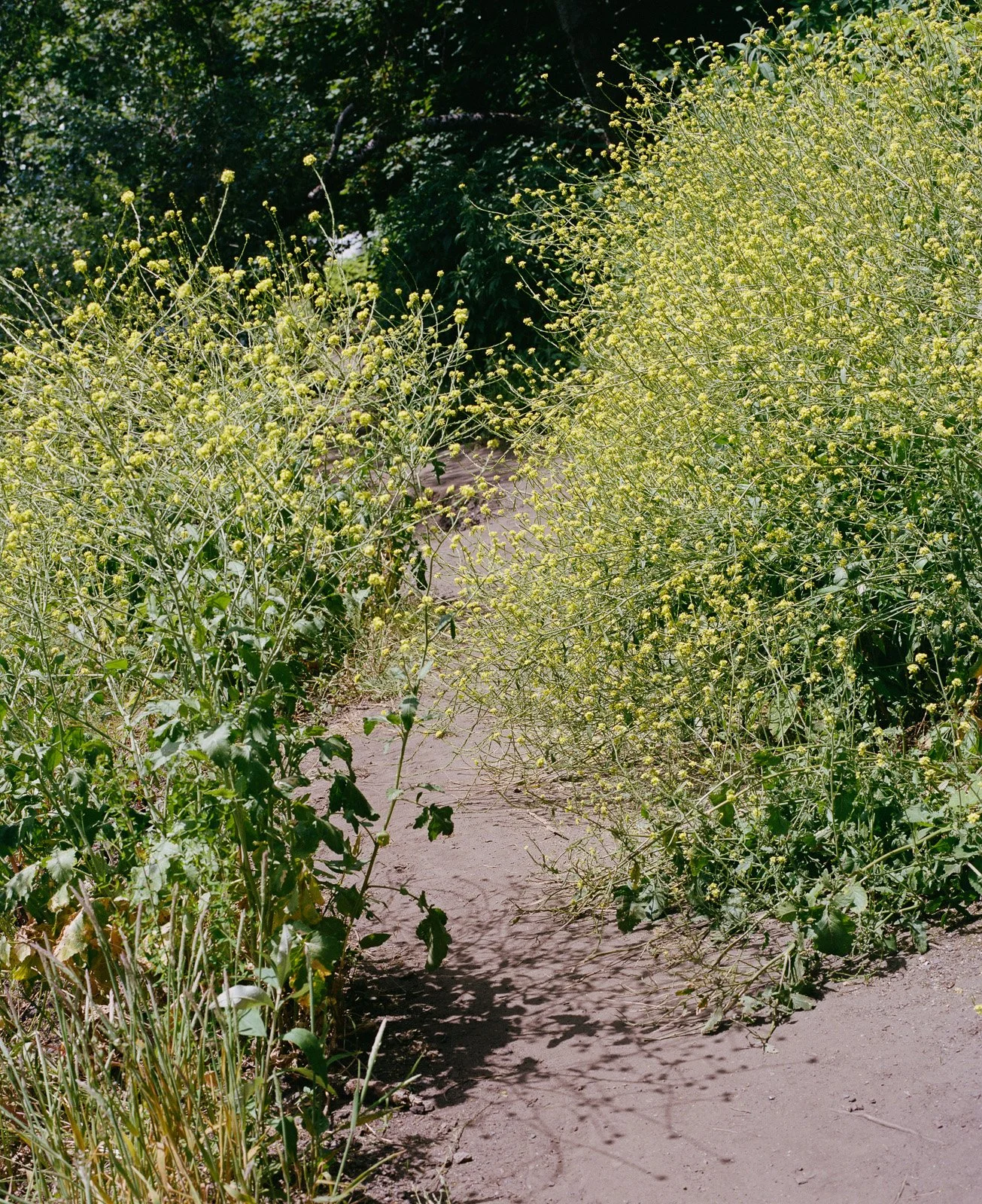


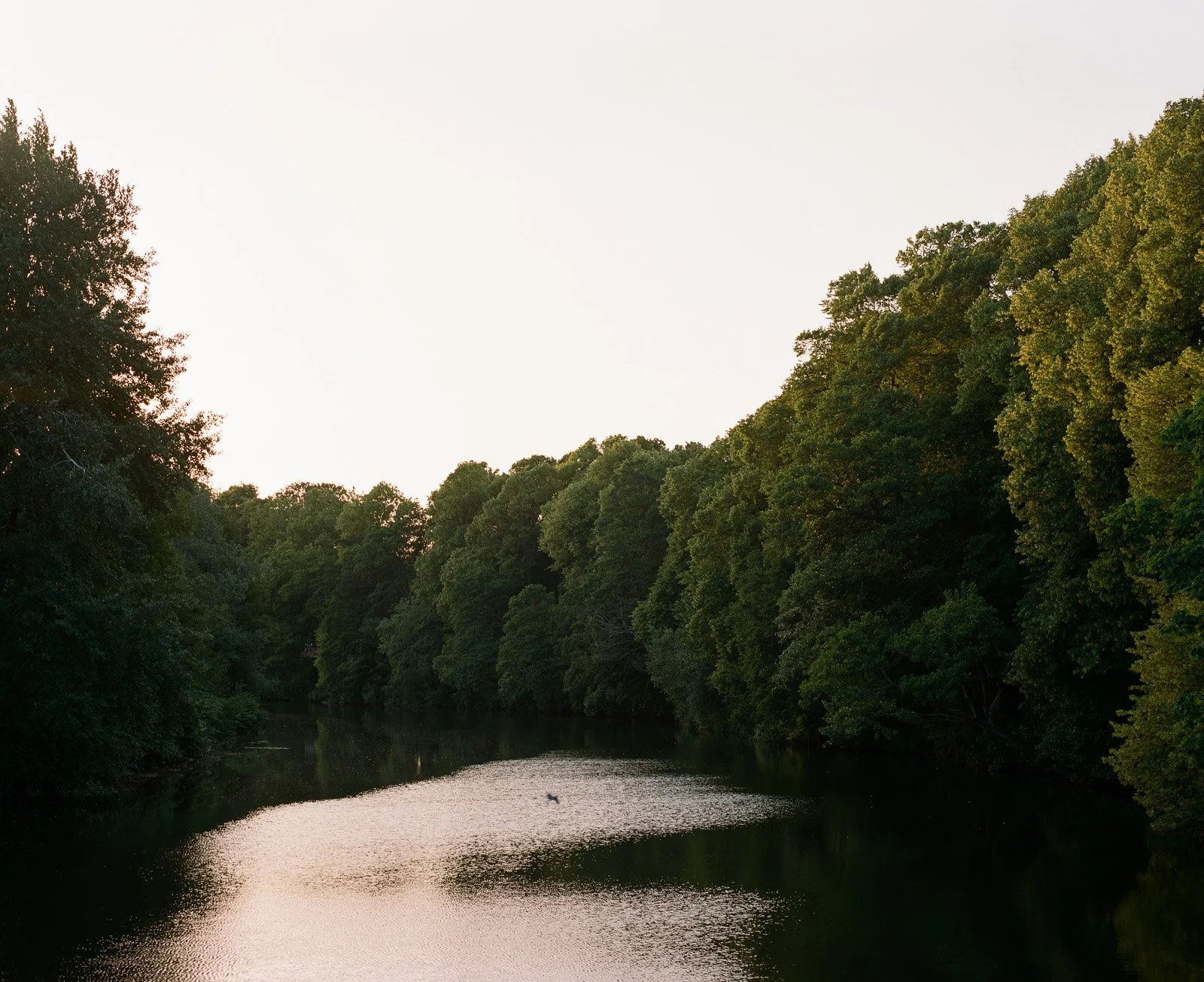
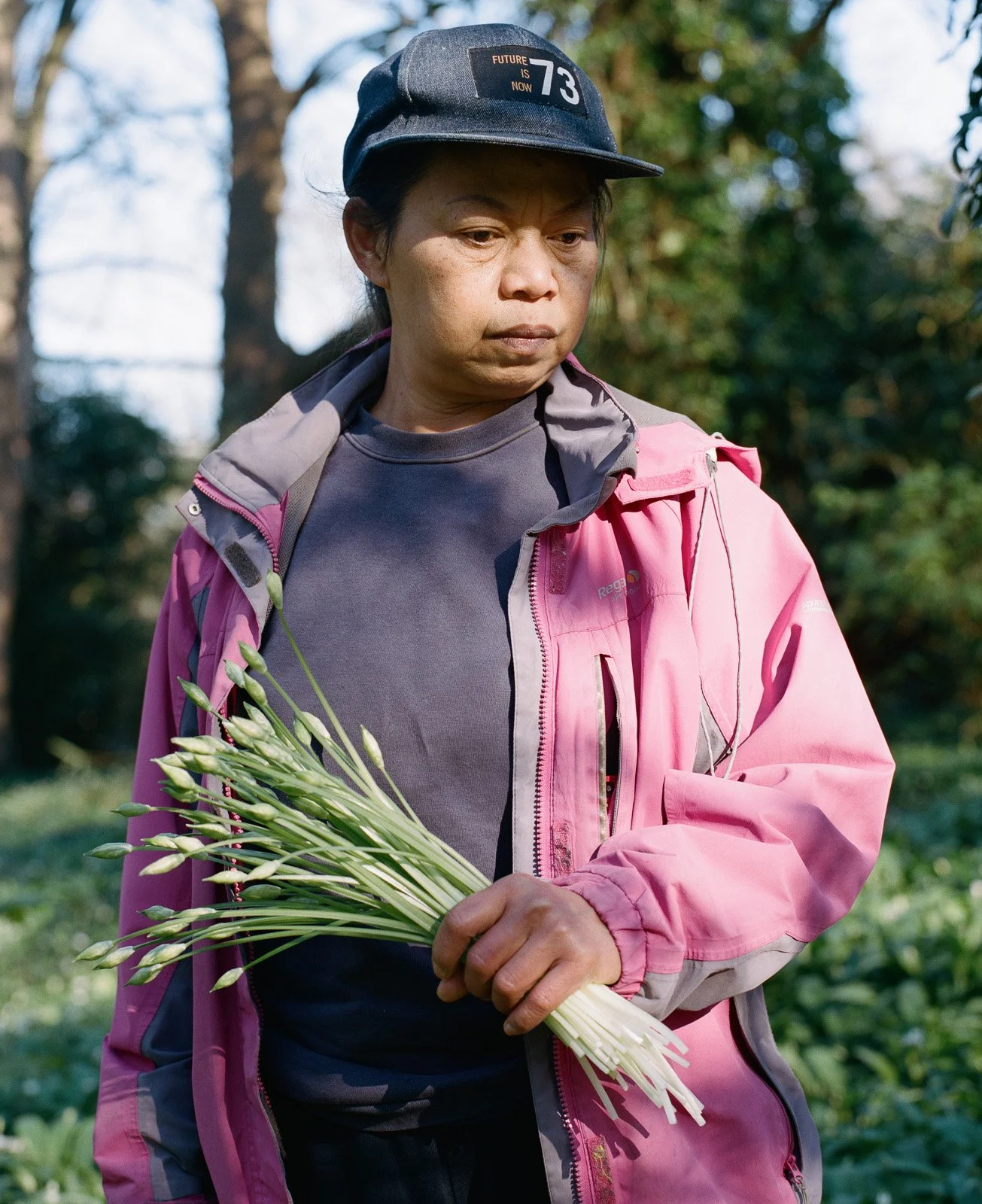

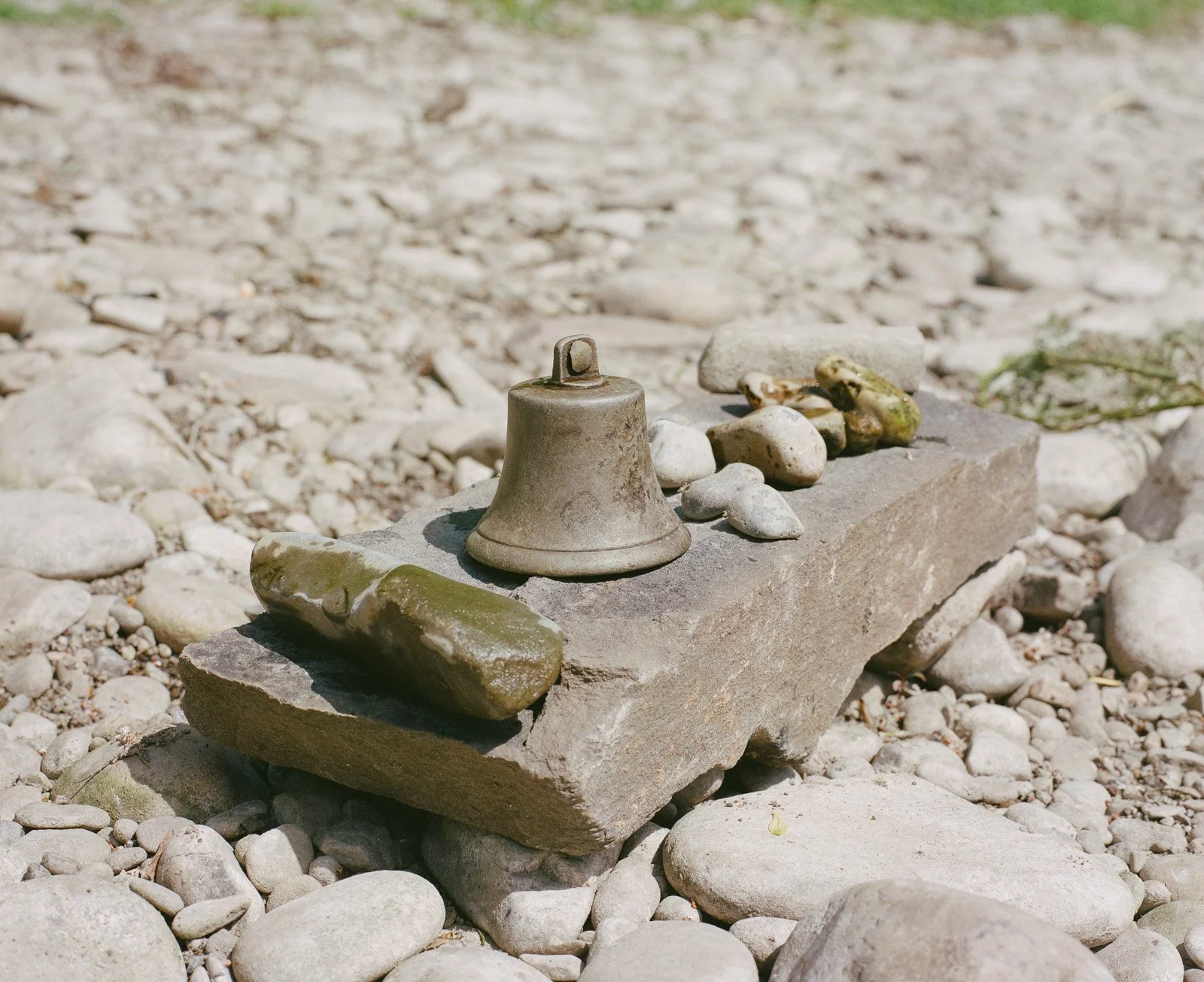


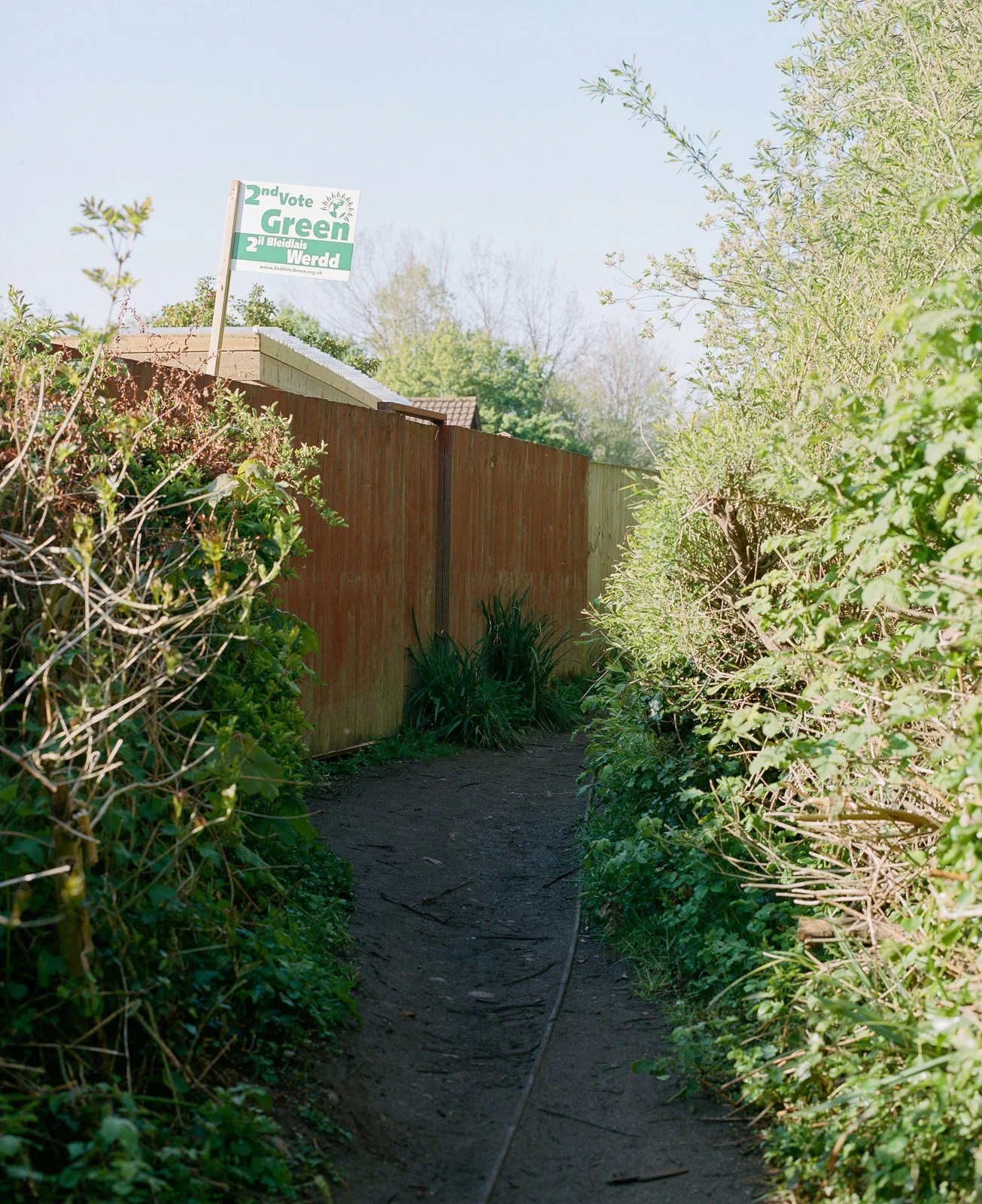
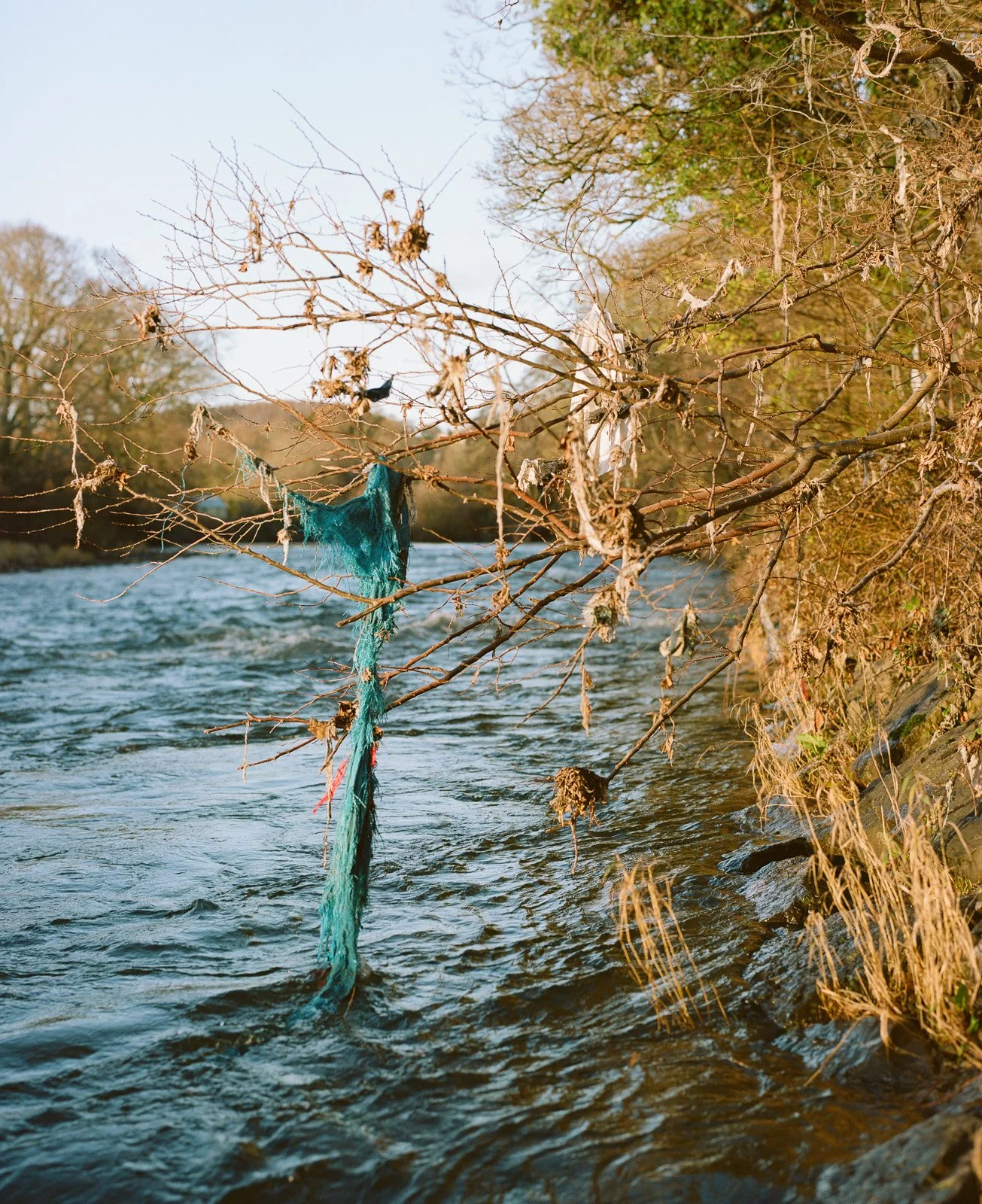
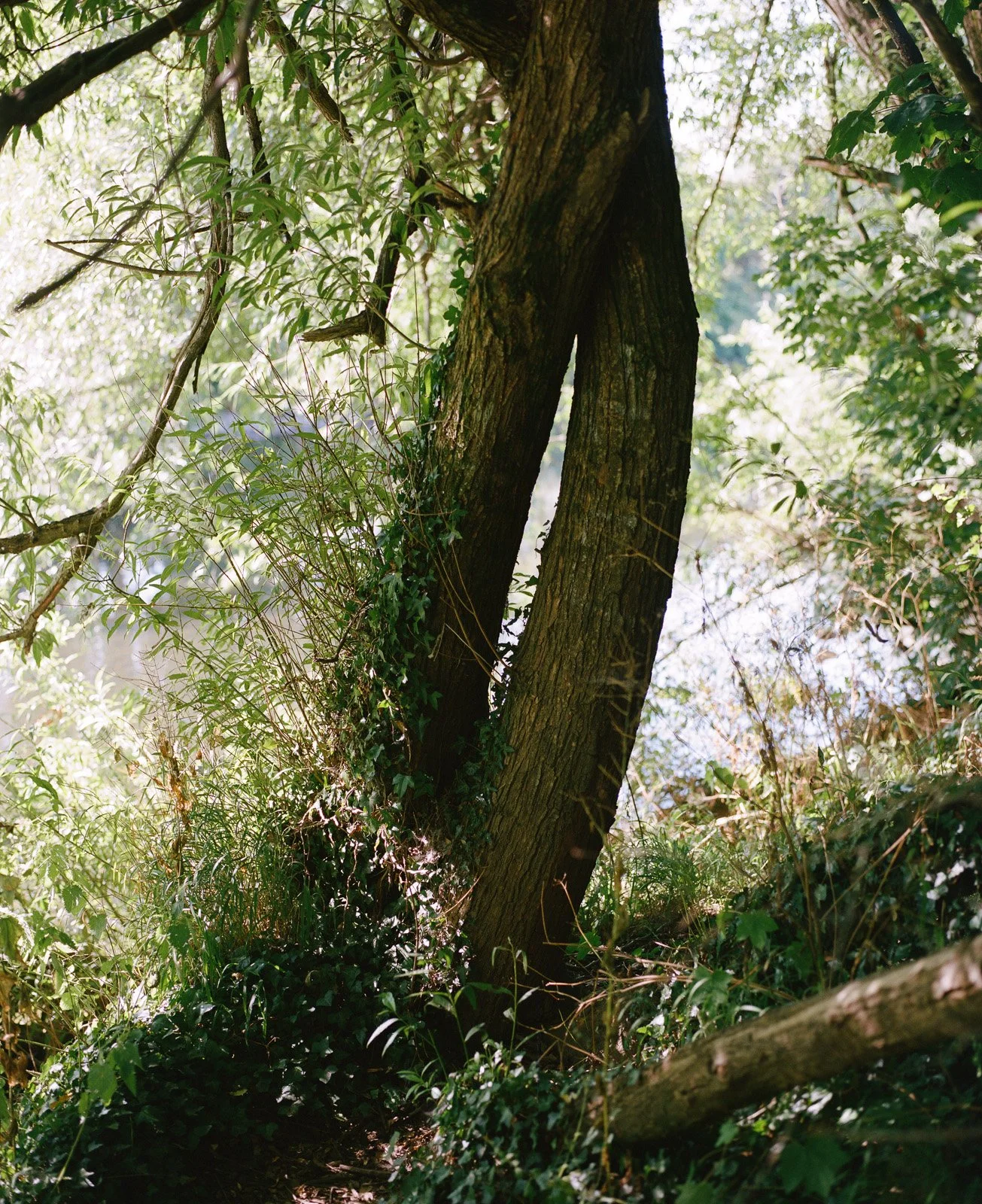
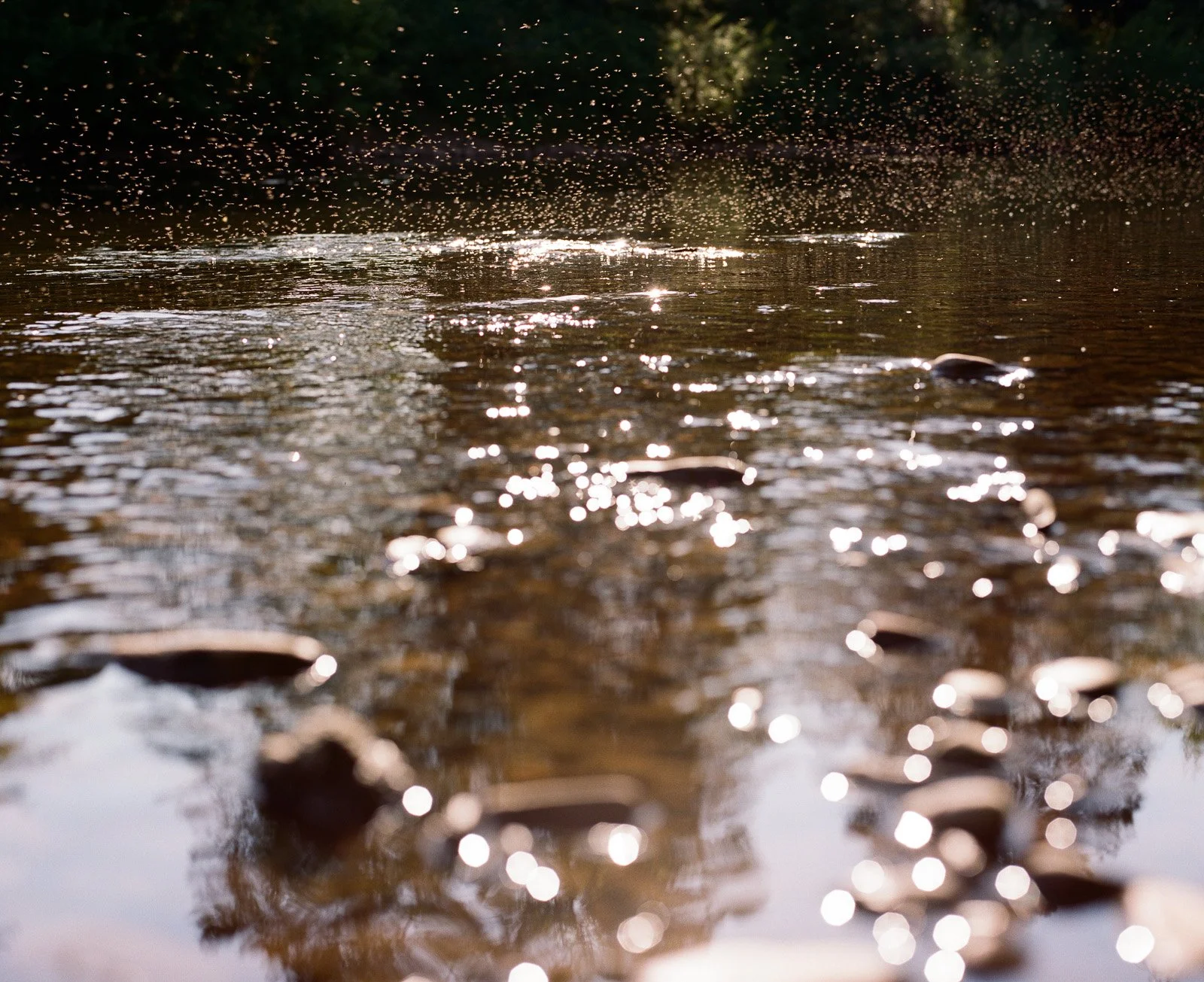


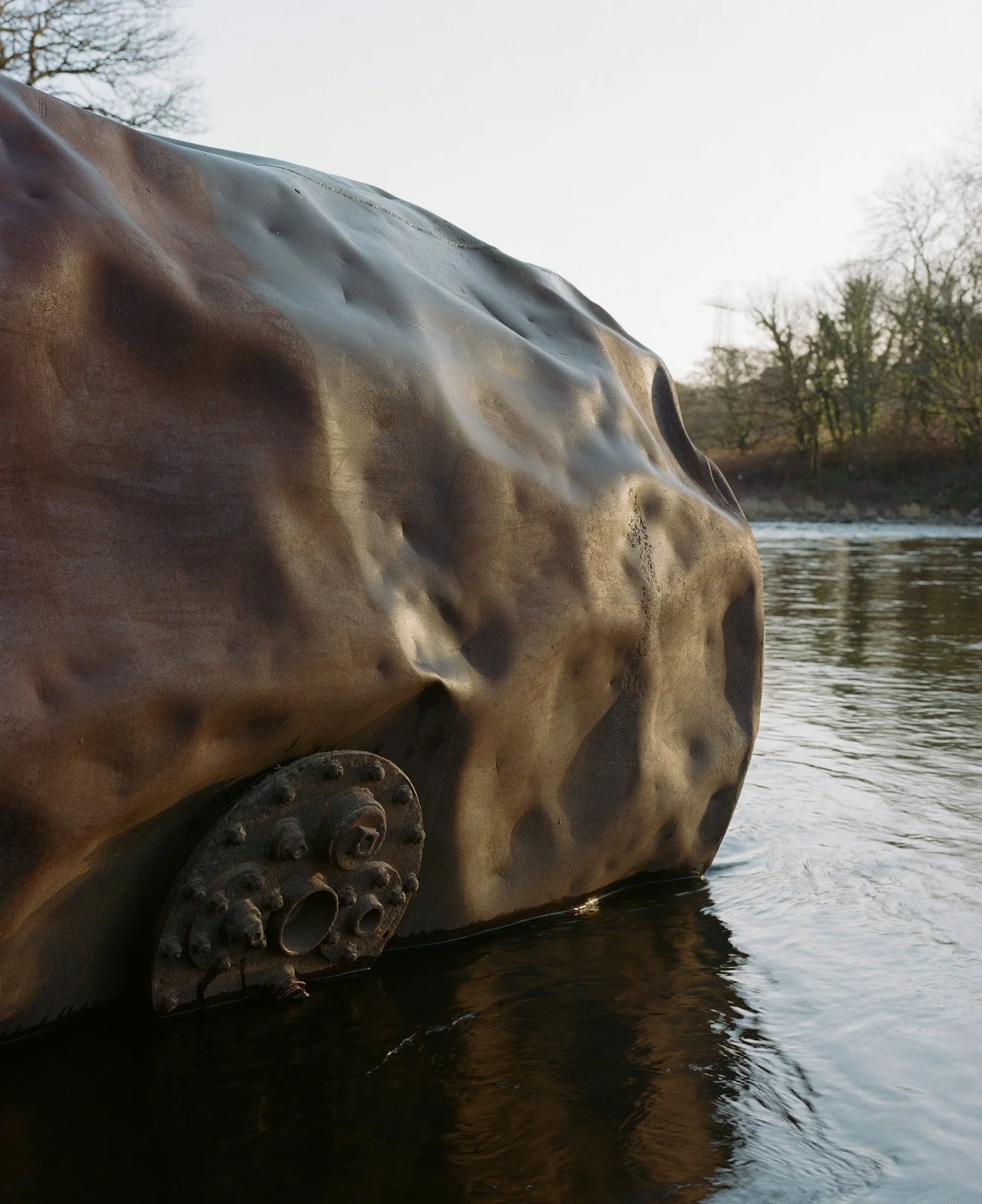
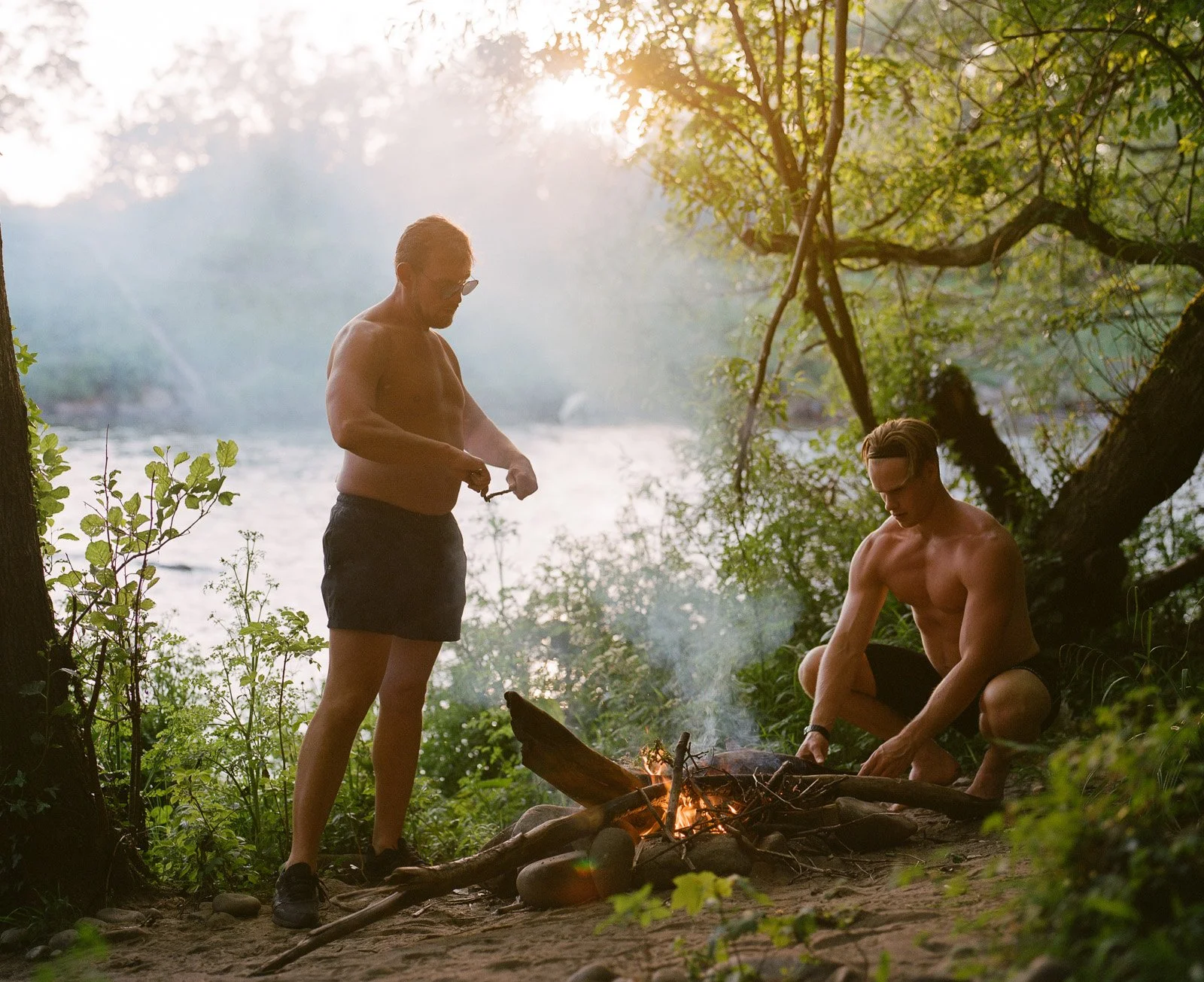
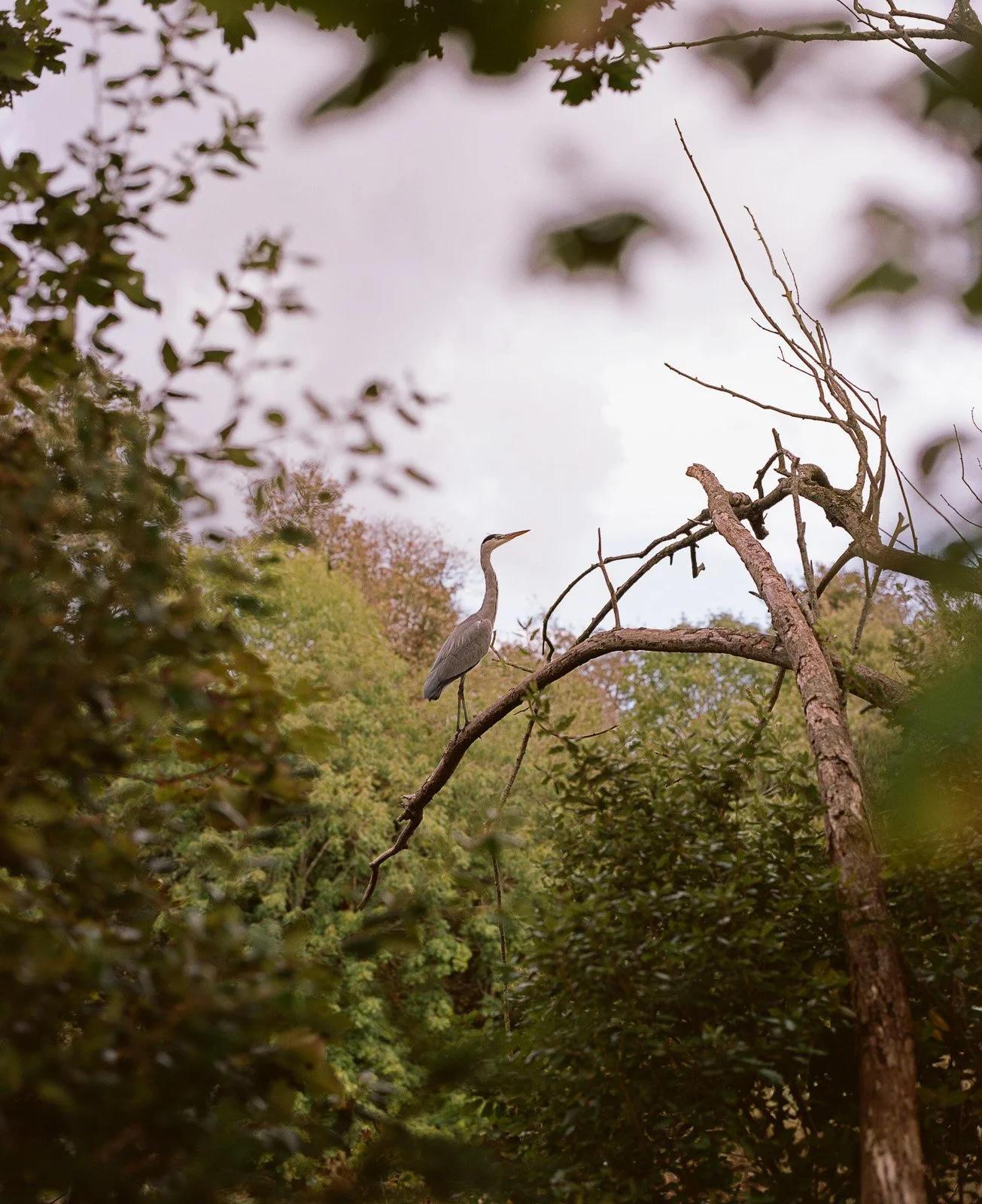
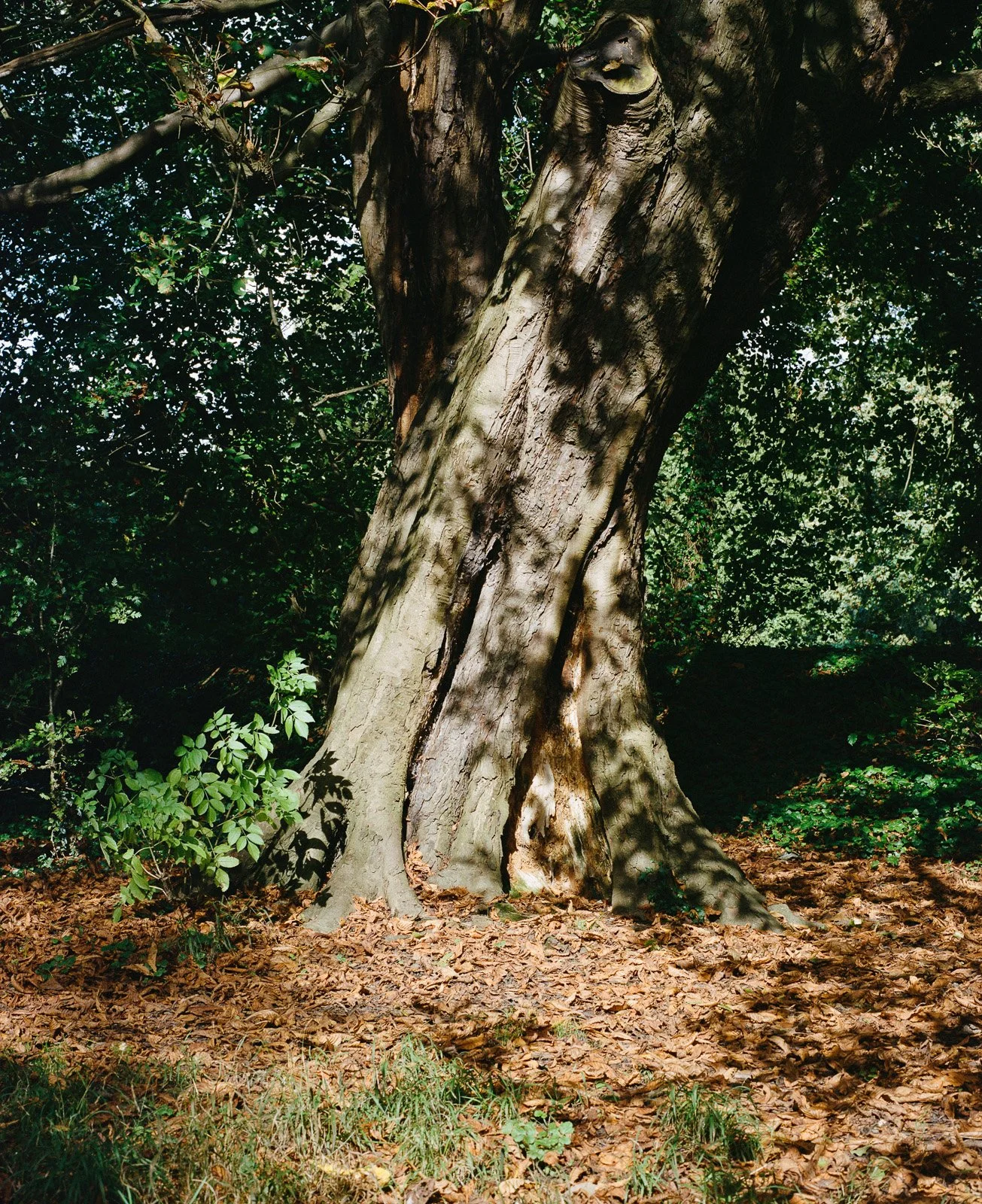
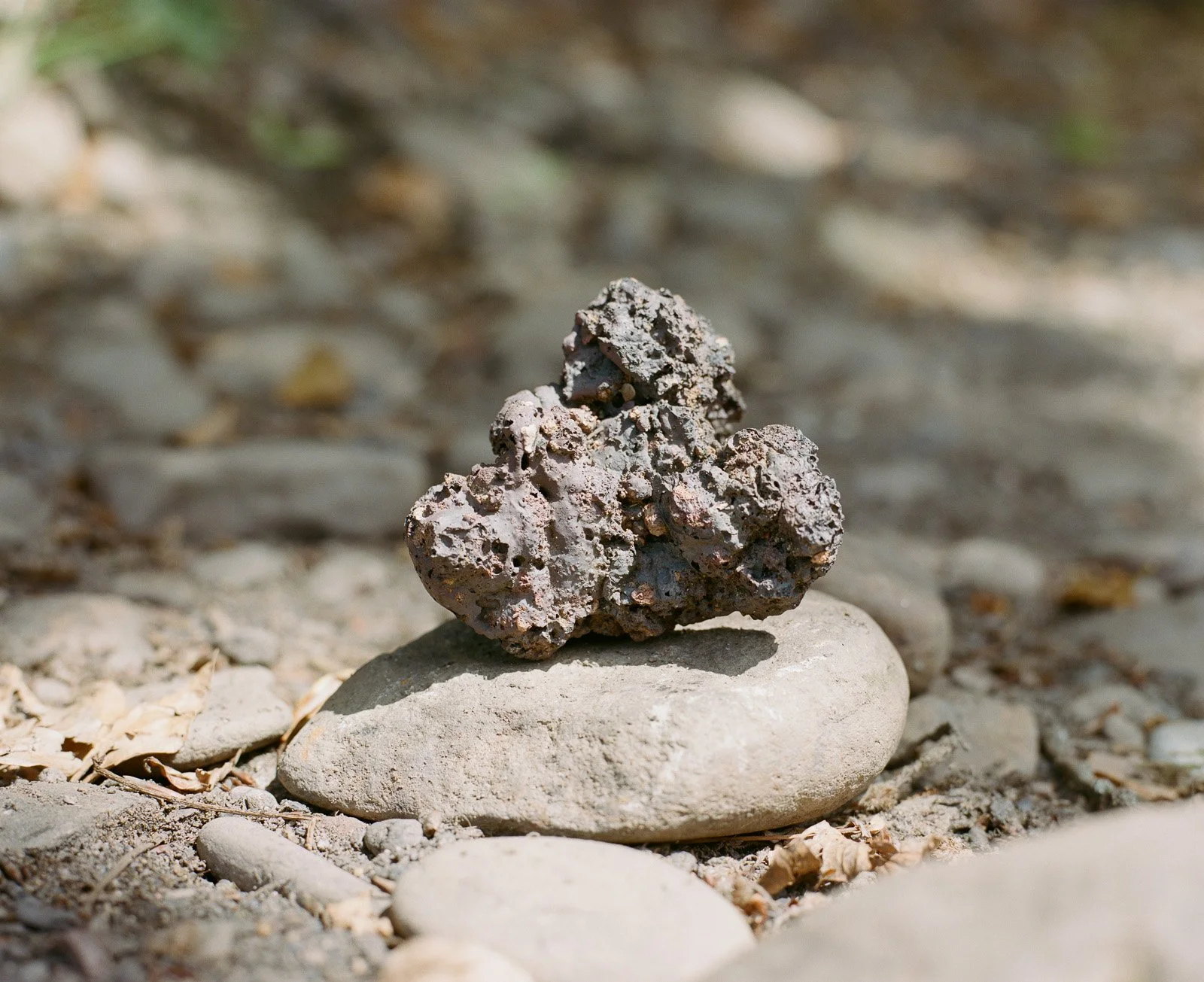

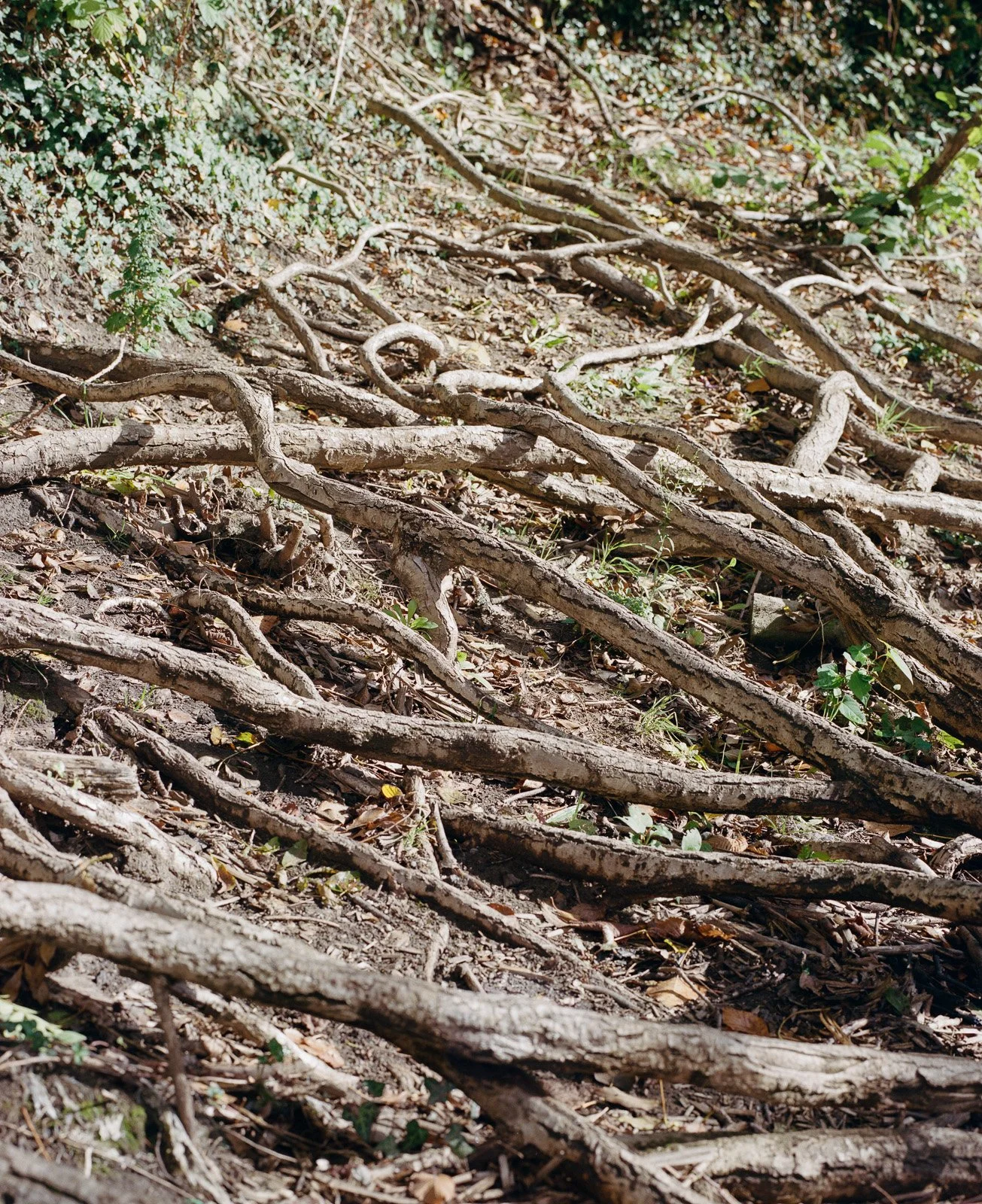
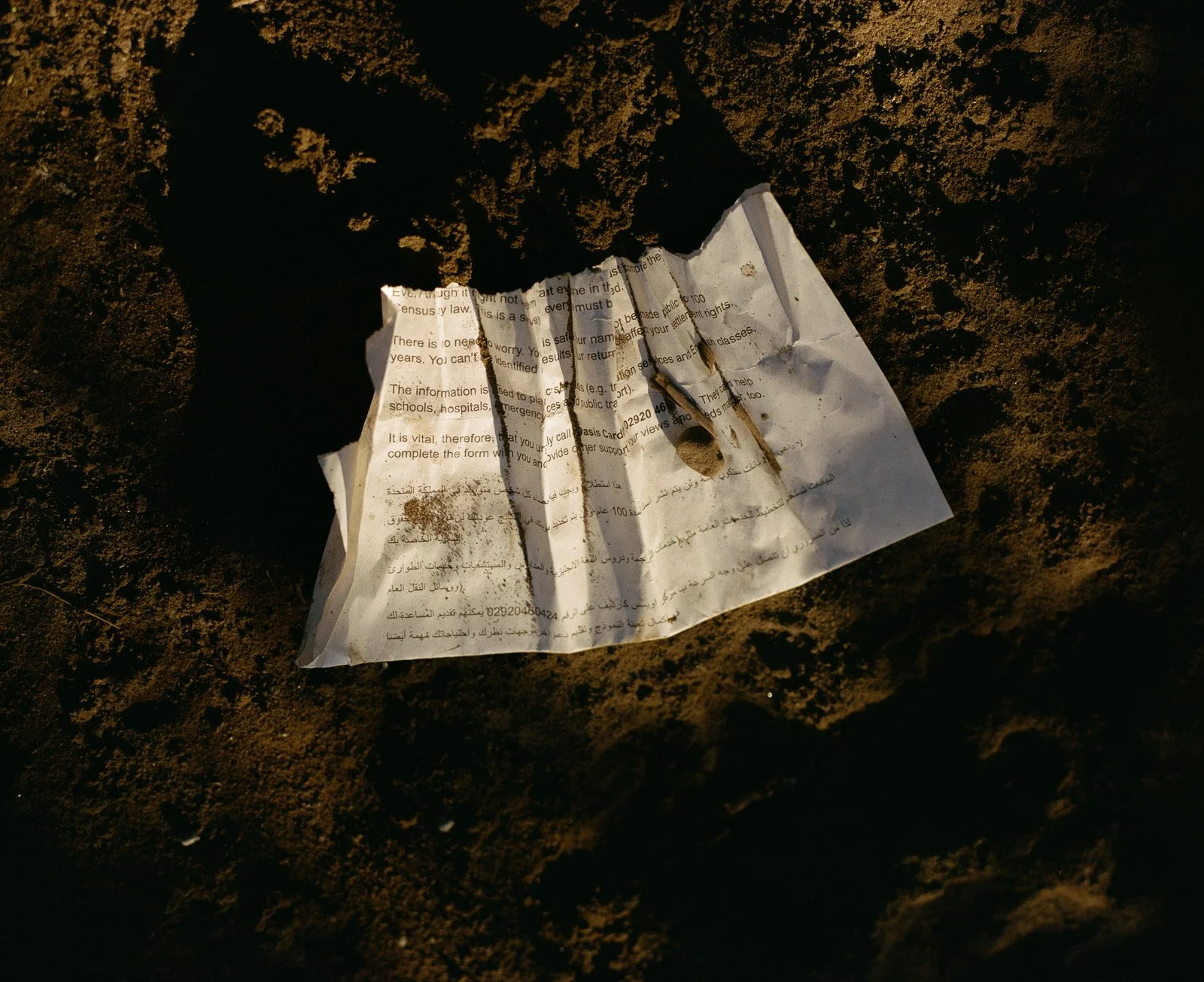
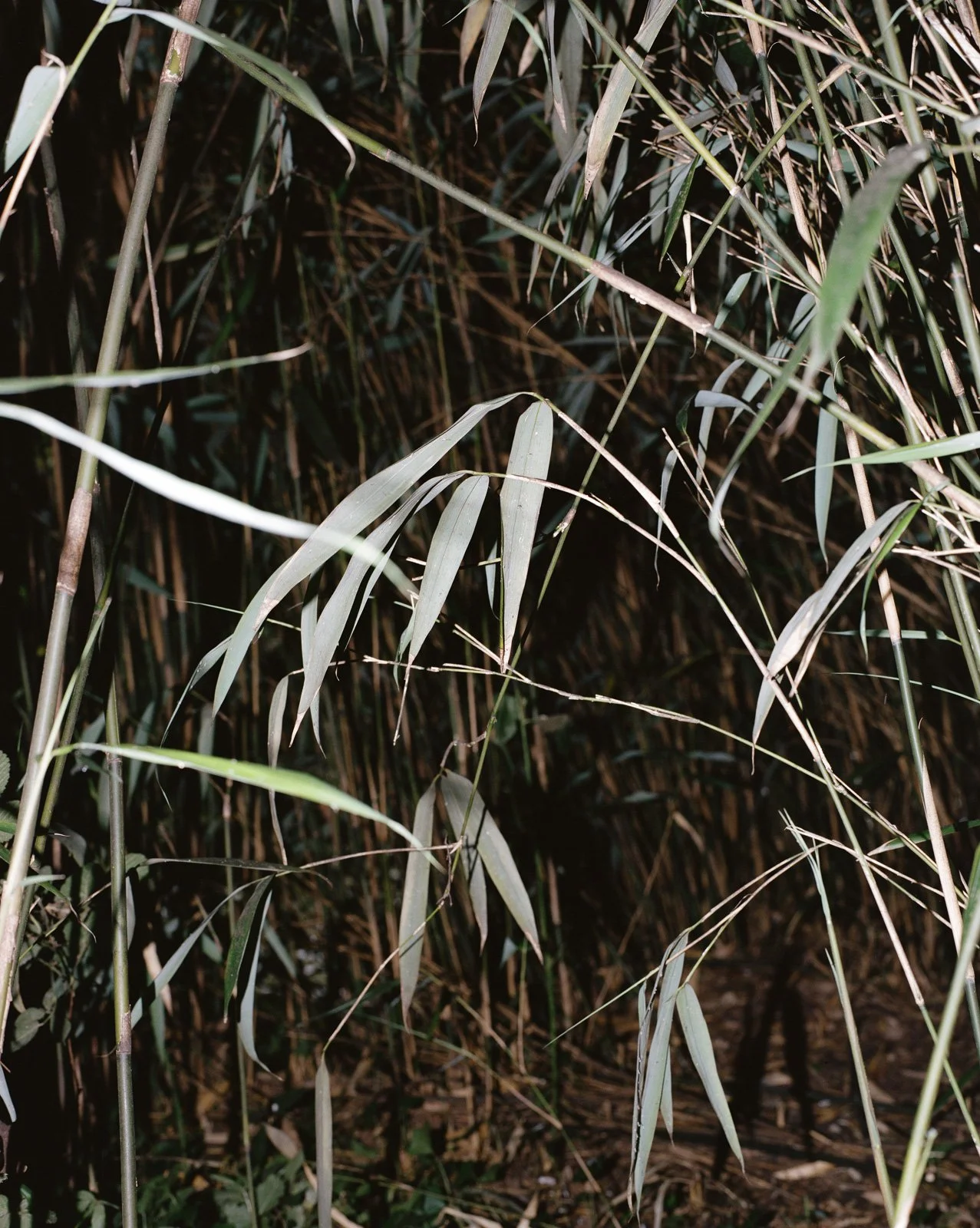
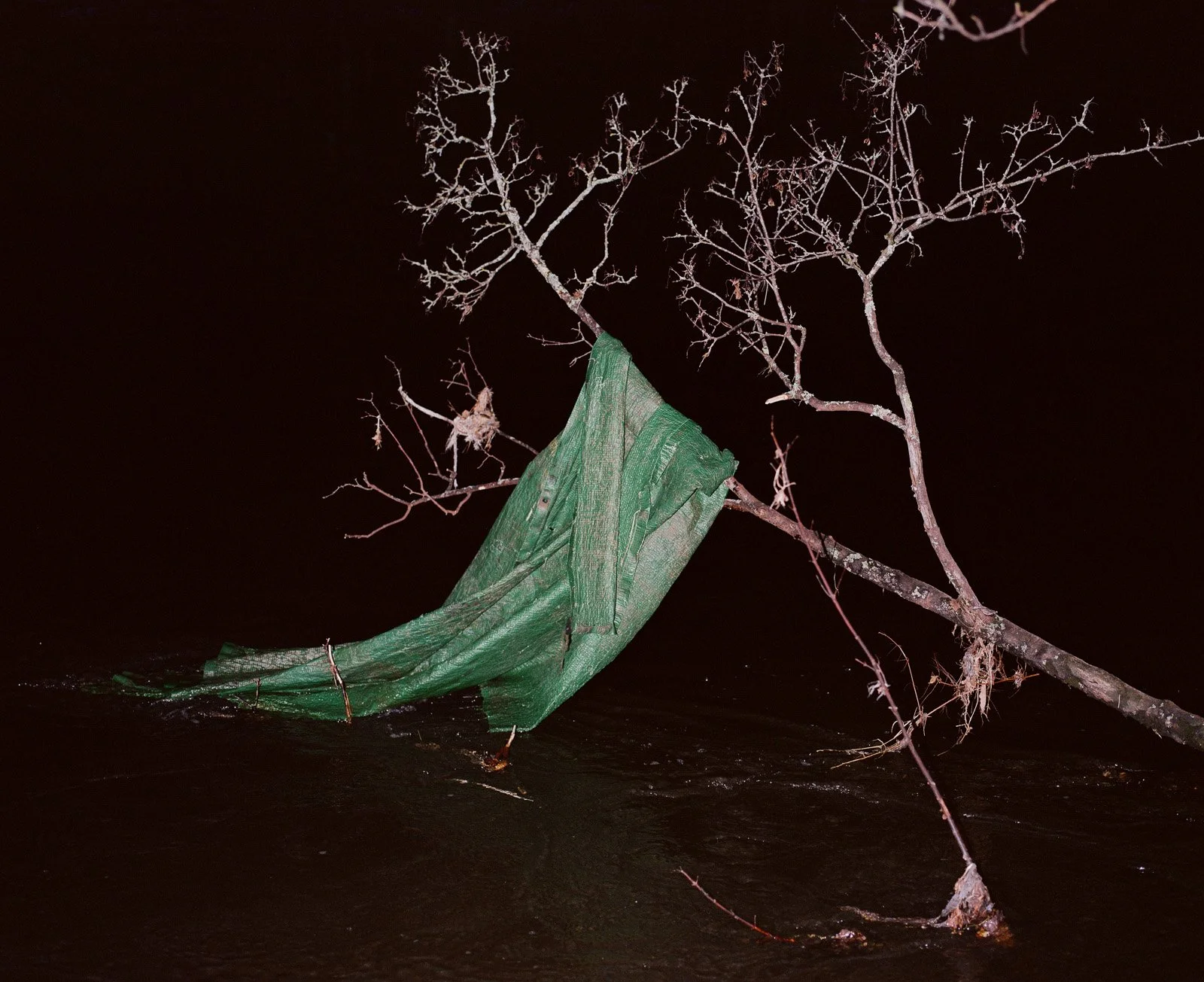

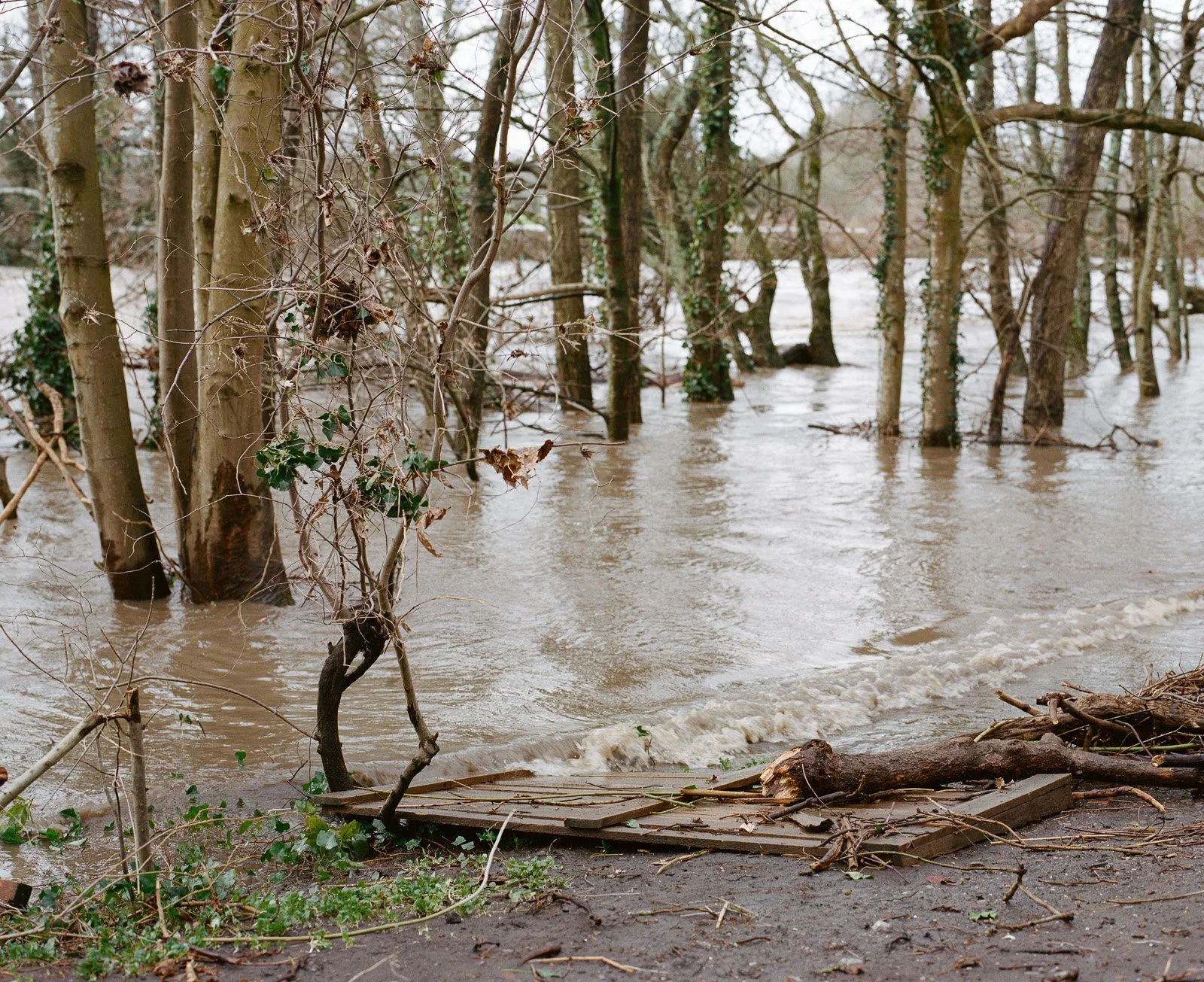

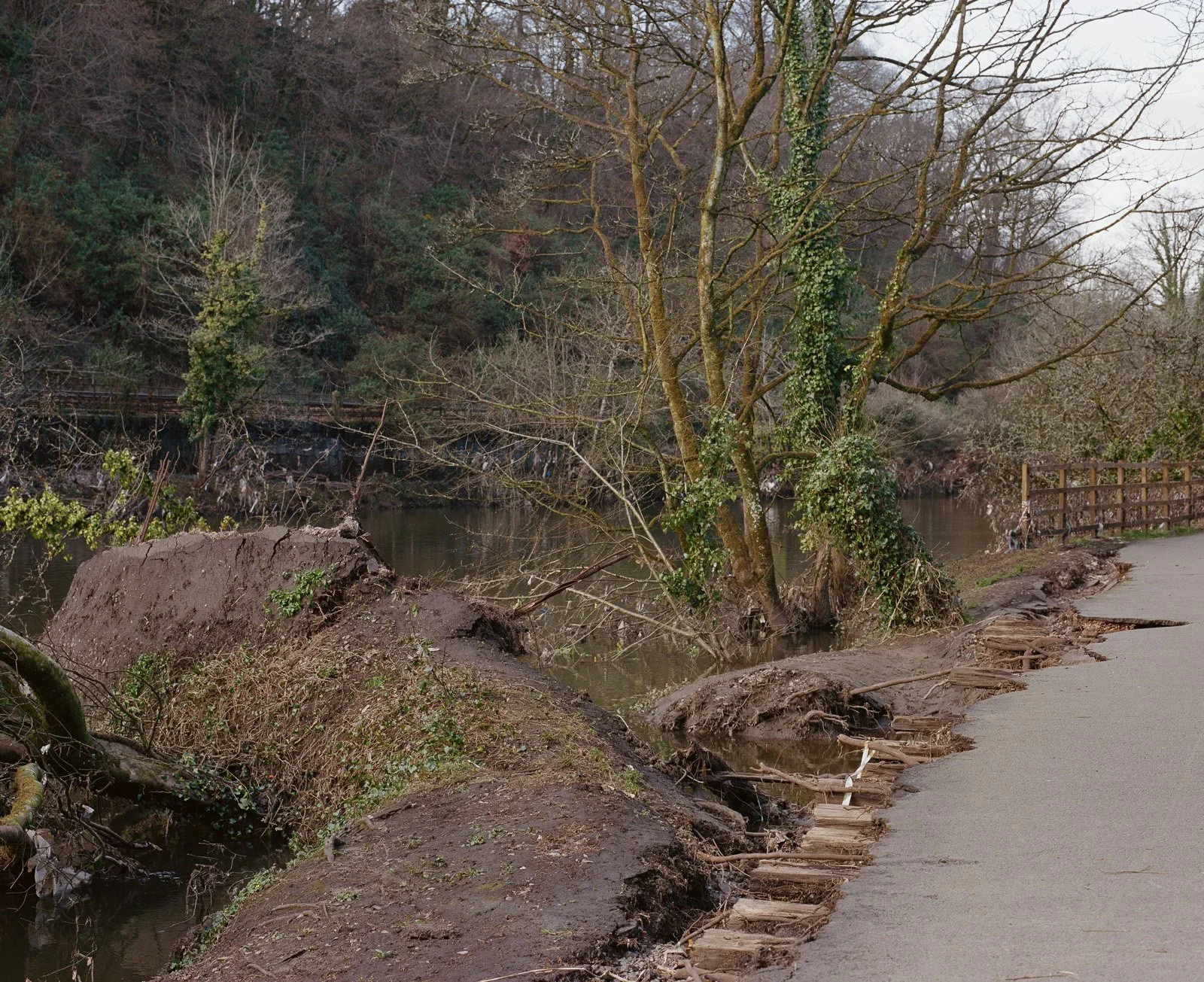
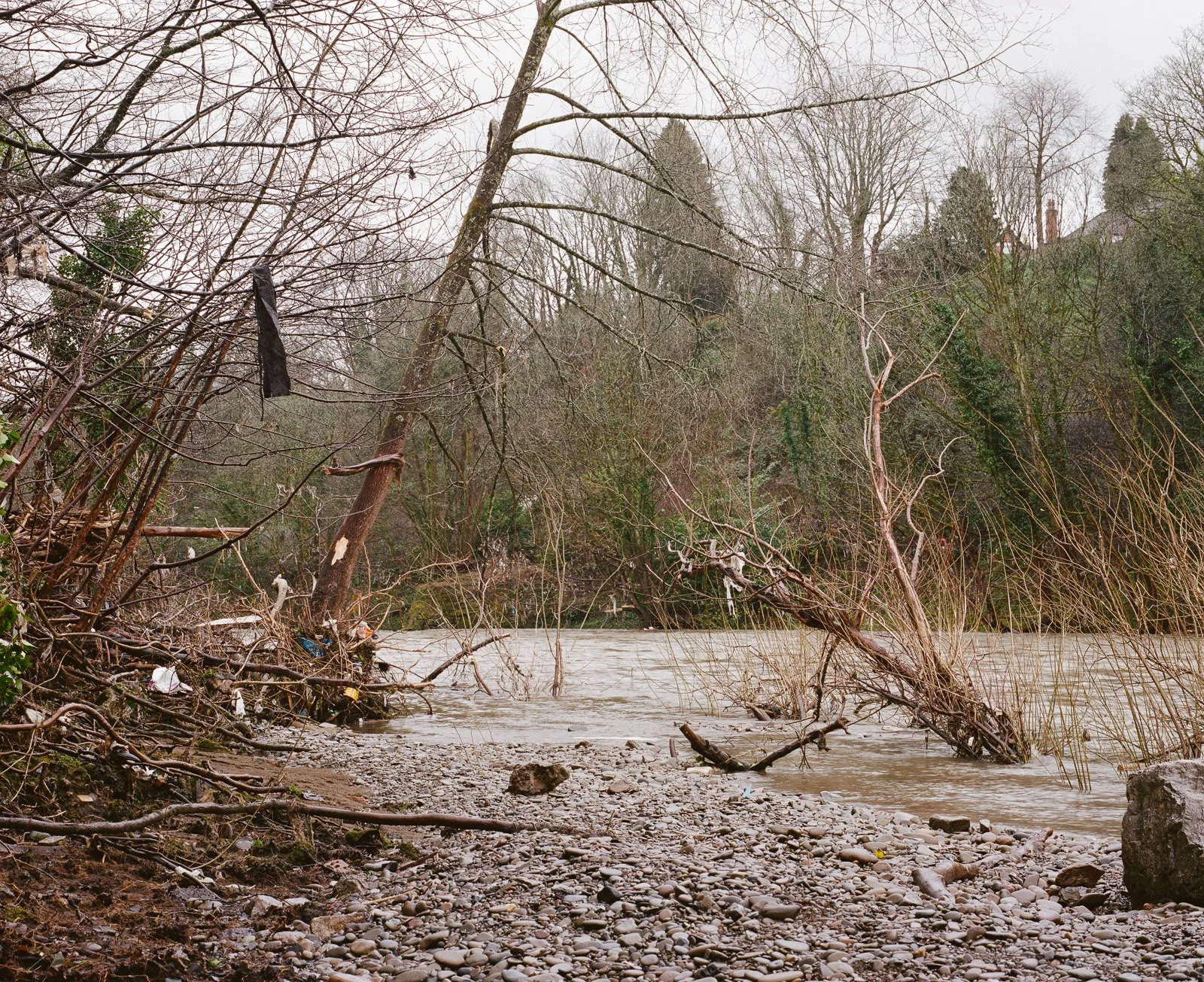

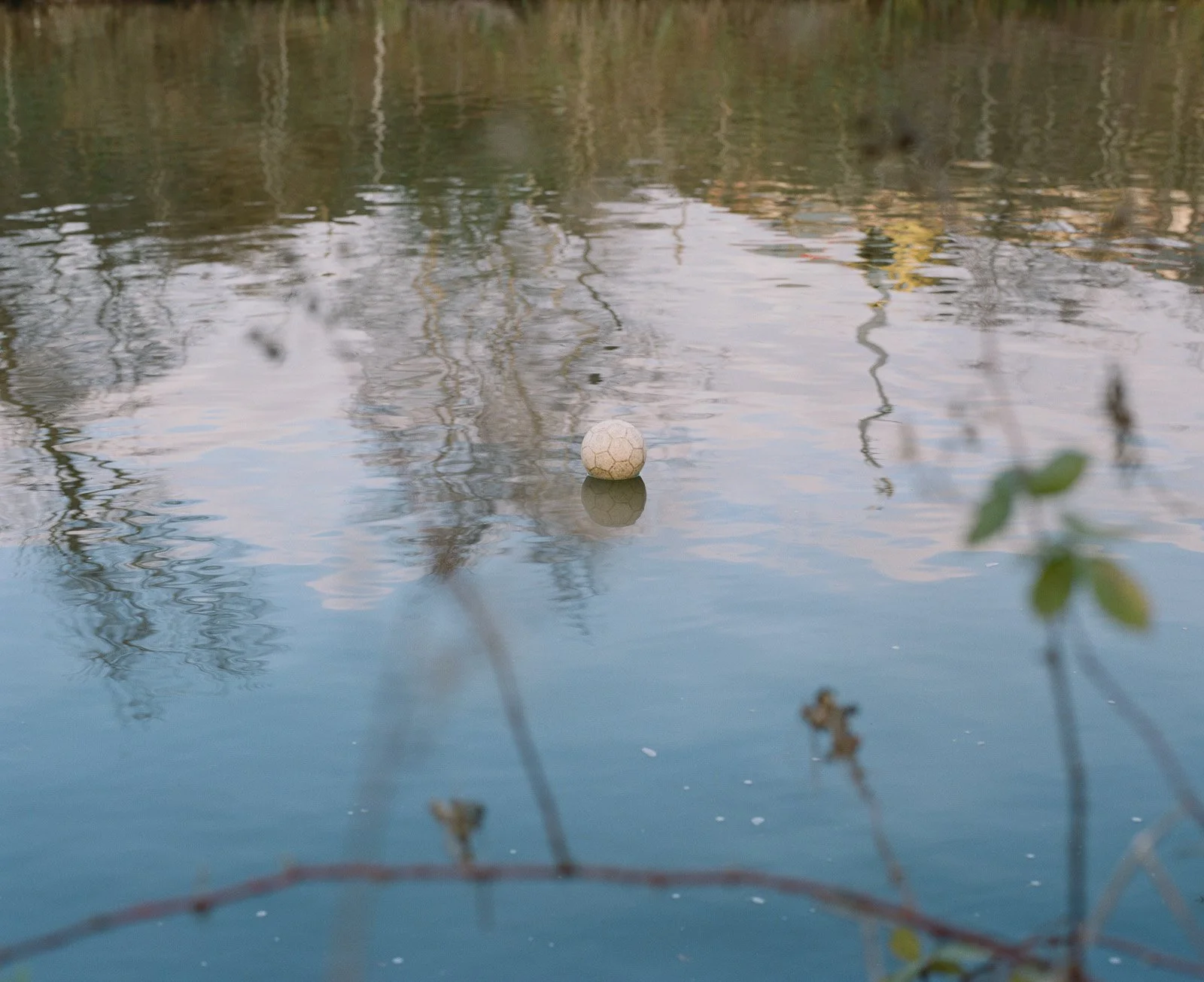
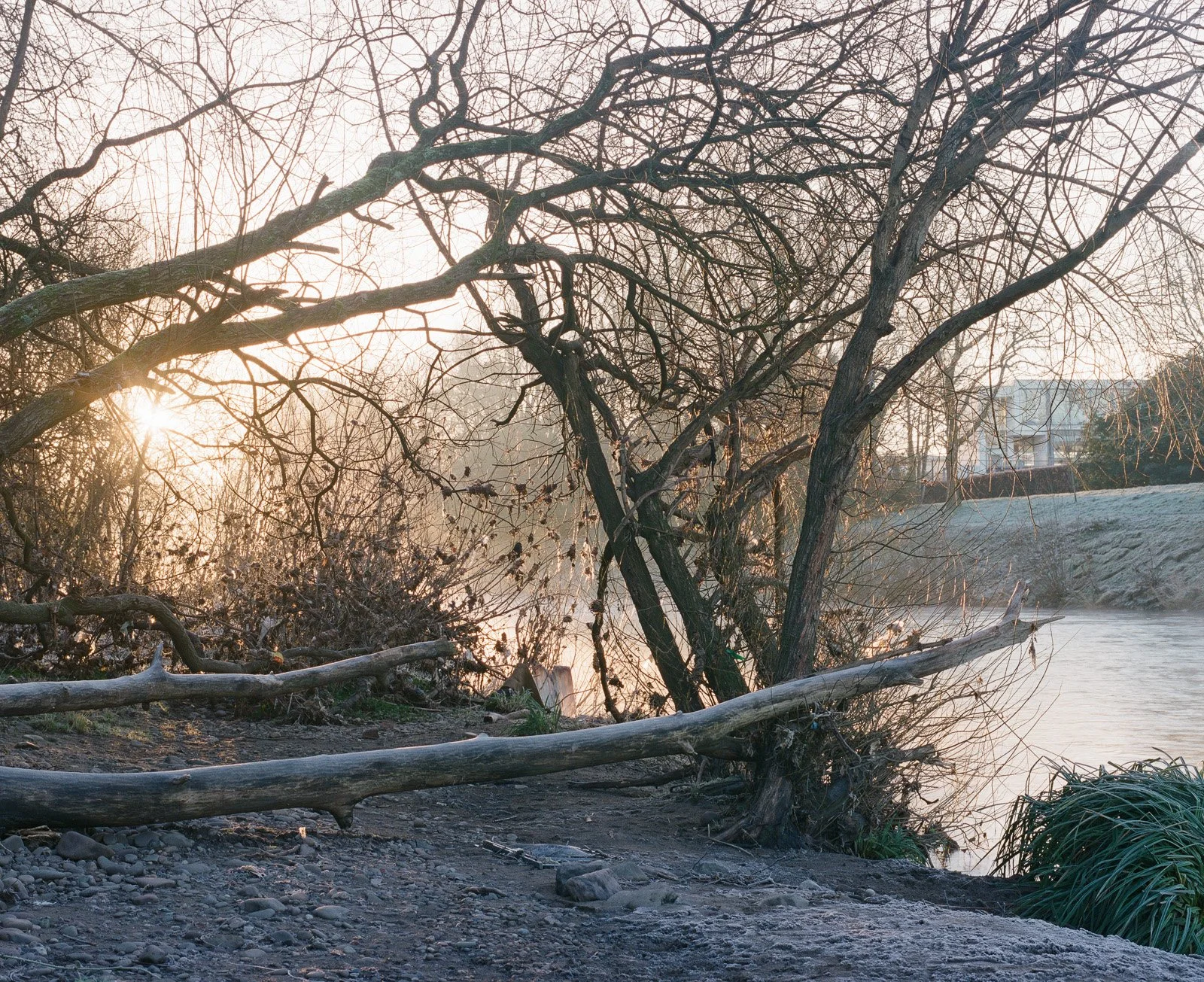

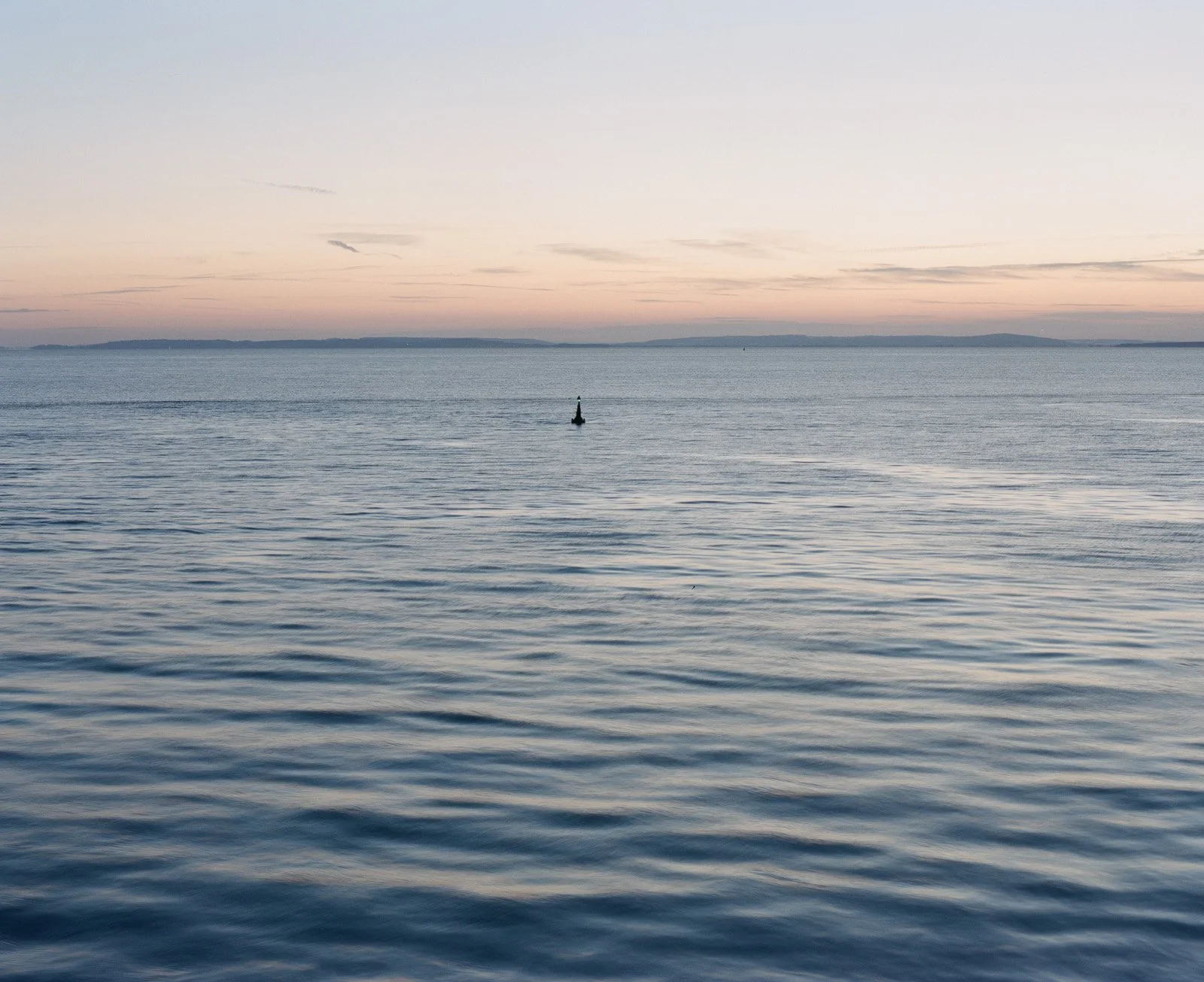
an open path
2018 - present
For eight years I have explored the riparian margins of the River Taff / Afon Taf in Cardiff between the village of Taffs Well to Cardiff Bay. A reach of roughly eight miles north to south, winding through semi-rural outskirts, edgeland, suburb, city - witnessing the evidence of change.
When I began to make this work, I wanted to explore familiarity and place through repeated visits, with close attention. I chose a river - for a personal fondness, for associated memories, for its geographical setting and its cartographic quality.
A line, a corridor, an artery, a liminal space, an open path.
Unlike a cartographer, my aim was not to explicitly record and categorise. Intuitively the choice of what to photograph became more of an unconscious act, often guided by circumstance. To paraphrase Robert Macfarlane, the work became an itinerant mapping, idiosyncratically born of experience, and over time has achieved some literacy of place, some sense of spirit.
An immersion in one long stretch of the river has emphasised the local signifiers of environmental degradation, an inescapable undercurrent of the work. More frequent extreme weather events, storm driven fluvial erosion, ecosystem change, pollution, perpetual plastic flotsam and discarded detritus washed downstream - changes reflecting human actions or inaction at industrial, agricultural, social and domestic scales.
But despite this, the pull of the the river is strong - what Ted Hughes termed the river-fetch. A place of obscured beauty, a shifting landscape with the capacity to arouse wonder, to elicit metaphor, to distil one’s sense of being. I had no idea that the river would hold me in its current for many years. Though time has proven to me the river paradox of Hereclitus, that you cannot step into the same river twice.
An open path is the possibility of choice, along it lies uncertainty. As Rebecca Solnit notes, hope exists and is made possible by uncertainty.